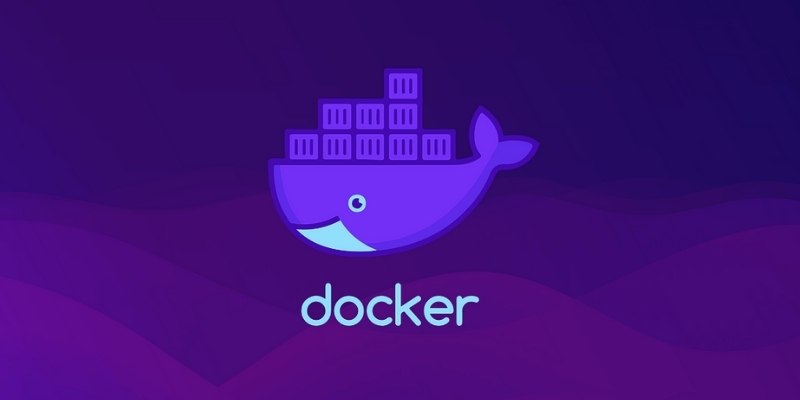Using Deepseek Janus Pro locally gives more data management control. Unlike e cloud-based systems, a local installation working with datasets removes the necessity for an internet connection. It guarantees constant access to your data and faster processing speeds. Local data storage lowers privacy issues, lowering the risks related to outside access. Performance improvement is another benefit. Using a dedicated workstation running Janus Pro lets you effectively allocate system resources.
You can customize memory use, processor capability, and storage capacity to fit your needs. This guarantees a seamless and responsive experience, especially in difficult data analysis projects. Local deployment also enables software customization. Users may execute sophisticated scripts free from constraints, change settings, and combine outside tools. Researchers, data analysts, and developers seeking a strong and private computing environment will find this adaptability perfect.

System Requirements for Local Deployment
Ensure your machine meets minimal hardware and software requirements before installing Deepseek Janus Pro. However, 16GB or more is advised; the program needs at least 8GB of RAM. One must have a multi-core processor—an Intel i5 or higher- to manage computational chores effectively. Janus Pro handles large amounts of data; hence, a fast SSD with at least 50GB of free space is advantageous.
Your operating system should be updated with the newest version. Janus Pro works with Windows, macOS, and Linux systems, including Ubuntu. Downloading installation files and getting updates depend on a consistent internet connection, but the software runs offline once installed. Make sure your system also has the required dependencies. Certain Linux users could have to install extra libraries to be compatible. Beforehand verification of these needs guarantees seamless deployment and helps to avoid installation problems.
How Do You Install Deepseek Janus Pro On Your Local Machine?
Start Deepseek Janus Pro installation by downloading the official installation pack from the developer's website. Choose the version that fits your running system. After downloading, follow the particular platform installation guide. Double-click the installer file to give Windows users the required rights. Follow the on-screen directions to choose the installation directory and complete the process.
Mac users should relocate the program to the Applications folder after package extraction. Linux users could have to run the installation command from the terminal. Make sure all dependencies are correctly set throughout the installation. Install any necessary missing libraries or frameworks to ensure Janus Pro runs as it should. Restart your machine following installation to implement changes. Open the program to confirm it runs as expected and is ready for configuring.
Configuring Deepseek Janus Pro for Local Use
Once installed, Deepseek Janus Pro must be set up for effective local use. Launch the program first, and then find the options menu. Here, you can change the user interface, speed, and data storage options. A default data directory guarantees that your files stay orderly and conveniently available. Especially if you handle big datasets, select a high-capacity drive with enough free space.
Setting auto-save and backup choices minimizes inadvertent data loss. Enabling logging tools is helpful for troubleshooting. Customizing the UI will help increase workflow effectiveness. Changing the layout, font sizes, and theme colors will improve reading ease. Advanced users might combine extra plugins or scripts to provide further capability. Once the configuration is finished, load a tiny dataset to validate the best performance.

Running and Testing Deepseek Janus Pro Locally
It's time to start testing Deepseek Janus Pro following the configuration. Launch the program and load a sample set to guarantee its proper operation. It should automatically identify data formats and show them on the interface. If mistakes arise, review system compatibility and software settings. Run simple tasks to measure performance, including filtering, organizing, and visualizing. If response times are slow, give Janus Pro extra system resources.
Any bottleneck can be found when running performance diagnostics. Before working on important projects, stability will be guaranteed by testing on several datasets. See the software documentation or community forums if you run across unanticipated problems. Early troubleshooting will help to avoid disturbances during real data analysis. You can work with bigger and more complicated datasets after verifying that Janus Pro functions without problems.
Troubleshooting Common Issues in Local Deployment
Users may run with local Deepseek Janus Pro deployment, notwithstanding meticulous installation. One such problem is inadequate RAM, which causes software to crash. If performance is slow, consider closing background programs or boosting system RAM. Compatibility issues abound as well. Ensure all necessary dependencies are installed and your operating system is completely current. Running the program in administrator mode sometimes helps fix problems involving permissions.
Network problems could also arise during installation. If the installation does not download the required files, check your internet connection or use another network. If Janus Pro operates offline after installation, connectivity problems do not affect daily usage. If issues continue, consulting official support lines or community forums will help offer answers. Maintaining a log of error messages will enable precise and fast diagnosis of problems.
Optimizing Deepseek Janus Pro Performance Locally
Think about many optimization strategies to help Deepseek Janus Pro function better. If your system lets you, first set aside extra RAM. Increasing memory availability improves processing rates, particularly in large-scale data handling. Read and write speeds can be improved using an SSD rather than an HDD. Faster storage helps general efficiency and lowers loading times. Furthermore, freeing CPU and memory resources for Janus Pro means turning off pointless background programs.
Batch processing is yet another helpful efficiency. Break apart huge datasets into smaller pieces rather than loading them all at once. That smooths out operation and helps to avoid memory overload. Frequent operating system and Janus Pro software updates guarantee the most recent performance enhancements and bug repairs. Using these guidelines will improve the program's efficiency, and flawless data analysis will be possible.
Conclusion:
Professionals looking for quick, safe, and configurable data analysis tools would be wise in deploying Deepseek Janus Pro locally. Running it on your computer guarantees quicker speed, privacy, and total system resource control. These instructions will help you install, set up, and maximize Janus Pro locally. Ensuring seamless operation depends critically on testing and troubleshooting. Performance tweaks can increase efficiency, including SSD use and RAM increase. Deepseek Janus Pro has become a useful tool for managing challenging datasets with the correct configuration.










